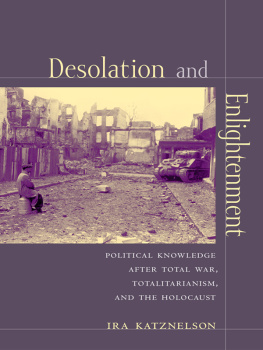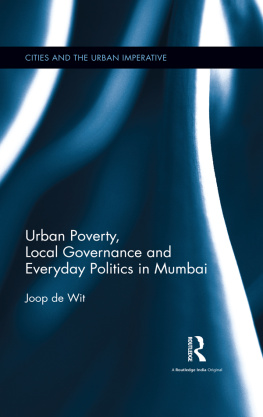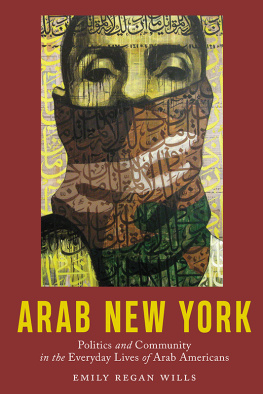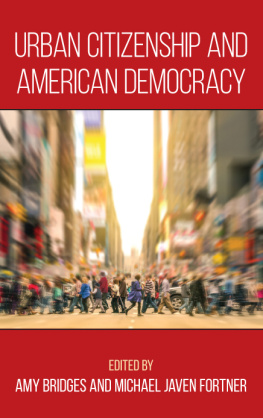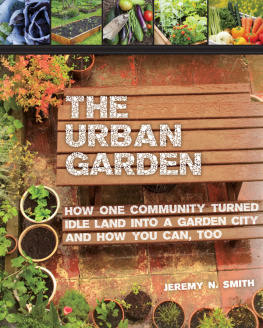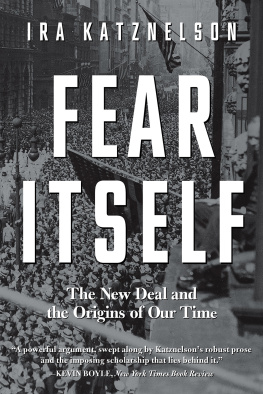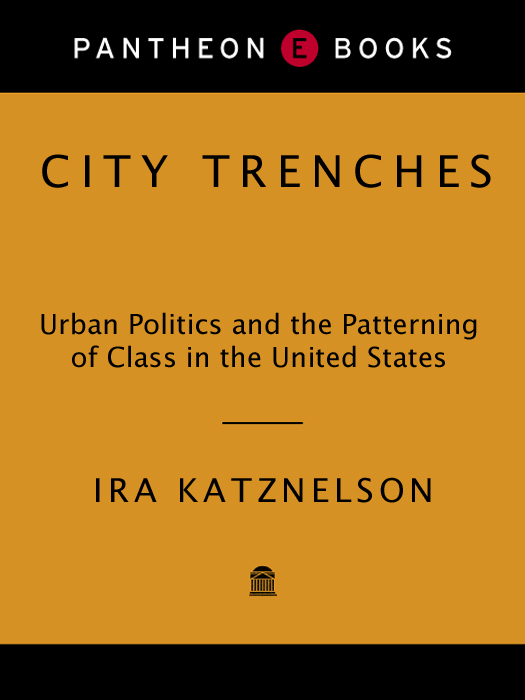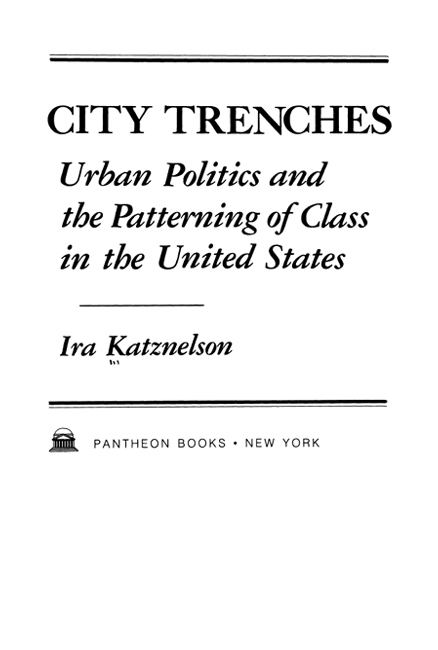COPYRIGHT 1981 BY IRA KATZNELSON
ALL RIGHTS RESERVED UNDER INTERNATIONAL AND PAN-AMERICAN COPYRIGHT CONVENTIONS. PUBLISHED IN THE UNITED STATES BY PANTHEON BOOKS, A DIVISION OF RANDOM HOUSE, INC., NEW YORK, AND SIMULTANEOUSLY IN CANADA BY RANDOM HOUSE OF CANADA LIMITED, TORONTO.
LIBRARY OF CONGRESS CATALOGING IN PUBLICATION DATA
KATZNELSON, IRA.
CITY TRENCHES.
1. WASHINGTON HEIGHTS (NEW YORK, N.Y.)POLITICS AND GOVERNMENT.
2. WASHINGTON HEIGHTS (NEW YORK, N.Y.)SOCIAL CONDITIONS.
3. NEIGHBORHOOD GOVERNMENTUNITED STATESCASE STUDIES.
I. TITLE.
JS1240.W37K37 320.8097471 8147197
eISBN: 978-0-307-83340-2 AACR2
SINCE THIS COPYRIGHT PAGE CANNOT ACCOMMODATE ALL PERMISSIONS ACKNOWLEDGMENTS, THEY ARE TO BE FOUND ON THE FOLLOWING PAGES.
v3.1
Grateful acknowledgment is made to the following for permission to reprint previously published material:
Basic Books, Inc.: Excerpt from Cities Under Siege: An Anatomy of the Ghetto Riots, 19641968 by David Boesel and Peter H. Rossi, eds. Copyright 1971 by Basic Books, Inc., Publishers, New York. Reprinted by permission.
Rowland Berthoff: Excerpt from The American Social Order: A Conservative Hypothesis by Rowland Berthoff, American Historical Review, April 1960. Reprinted by permission.
New York History: Excerpt from The Neighborhoods of New York, 17601775 by Carl Abbott, New York History, January 1974. Reprinted by permission.
Oxford University Press: Excerpt from The Country and the City by Raymond Williams. Reprinted by permission of Oxford Univesity Press.
Princeton University Press: Excerpt from J. P. Nettl, The State as a Conceptual Variable, World Politics July 1968. Copyright 1968 by Princeton University Press. Reprinted by permission. Also, excerpt from Sequences and Development by Sidney Verba, in Leon Binder et al., eds., Crises and Sequences in Political Development. Copyright 1971 by Princeton University Press. Reprinted by permission.
Routledge & Kegan Paul: Excerpt from Social Structure and the Ruling Class by Raymond Aron, British Journal of Sociology, March 1950. Copyright 1950 by Raymond Aron. Also, excerpt from Lynn Lees, Metropolitan Types, in H.J. Dyas and Michael Wolff, eds. The Victorian City. Reprinted by permission of Routledge & Kegan Paul Ltd.
Sage Publications: Excerpt from Party, Bureaucracy, and Political Change in the United States by Martin Shefter from Louis Maisel and Joseph Cooper, eds., The Development of political Parties: Patterns of Evolution and Decay. Copyright 1978 by Sage Publications. Reprinted by permission.
George Weidenfeld & Nicolson Ltd.: Excerpt from Class Struggle in the Industrial Revolution by John Foster. Reprinted by permission of George Weidenfeld & Nicolson Ltd.
John Wiley & Sons, Inc.: Excerpt from Land Values in New York City by G. B. L. Arner, Quarterly Journal of Economics, August 1922. Reprinted by permission of John Wiley & Sons, Inc.
For Deborah, and her bounty
civil society has become a very complex structure and one which is resistant to the catastrophic incursions of the immediate economic element (crises, depressions, etc.). The superstructures of civil society are like the trench-systems of modern warfare.
A NTONIO G RAMSCI , Selections from the Prison Notebooks
Around the idea of settlement, nevertheless, a real structure of values has grown. It draws on many deep and persistent feelings: an identification with the people among whom we grew up; an attachment to the place, the landscape, in which we first lived and learned to see the strength of the idea of settlement, old and new, is then positive and unquestioned. But the problem has always been, for most people, how to go on living where they are. So that I then see the idealisation of settlement, in its ordinary literary-historical version, as an insolent indifference to most peoples needs.
R AYMOND W ILLIAMS , The Country and the City
With economic life we will emerge from the routine, from the unconscious daily round. Higher still on the top floor we will place capitalism and its vast ramifications. What, we will be asked, has this sophistication to do with the humble lives at the bottom of the ladder? Everything perhaps, because it involves them in its gamble.
F ERNAND B RAUDEL , Capitalism and Material Life
CONTENTS




PERSONAL ACKNOWLEDGMENTS

There is a famous folk tale about the wise men of Chelm. Needing wood for the construction of a synagogue, they felled a large hilltop forest and carried the logs, one by one, to their village below. When they were nearly done, a passing stranger asked why they had not rolled the logs down the hill. A community meeting decided to heed this sensible advice. Chelms citizens carried each of the logs back up the hill, and, this time, rolled them down, one by one.
Writing this book has had more in common with this tale than I like to admit. When I arrived at the University of Chicago in 1974, I thought it was nearly done, since I had accomplished most of what I had initially set out to do. I had begun some three years earlier, under the funding auspices of the New York Neighborhood Study of the Bureau of Applied Social Research at Columbia University, directed by Allan Barton and managed on a daily basis by Nathalie Friedman, to study the programs in neighborhood government initiated by the administration of Mayor John Lindsay. Program evaluation was the raison dtre of the bureaus project, funded by grant GI-32437 of the Advanced Productivity Research and Technology Division of the Research Applied to National Needs Directorate (RANN) of the National Science Foundation. Barton and Friedman graciously allowed me to craft a component of this project that would focus exclusively on northern Manhattan, and which would inquire about the relationship between the policy responses of city hall and the character of the movements and demands that had called them forth. Above all, I was interested in exploring what had happened to the radical energies and mobilizations of the period of the urban crisis of the 1960s. My initial hunch was that simple incantations about cooptation would not do, but that at least part of the story had to be told in terms of the institutional responses by local officials that were similar in many respects of language and orientation to the thrust for community control by the insurgents of the 1960s. I set out, quite directly, to tell the tale of innovation and reform and of its impact on the periods urban movements and aspirations. Assisted by a first-rate research staff of Perry Davis, Sharman Mather, and especially Henry Wells and Arnold Zable, I was convinced I had answers to my questions, as well as a reasonable working draft of a manuscript, by the end of 1974. Much of this material, in revised form, can be found in the later chapters of this volume.


